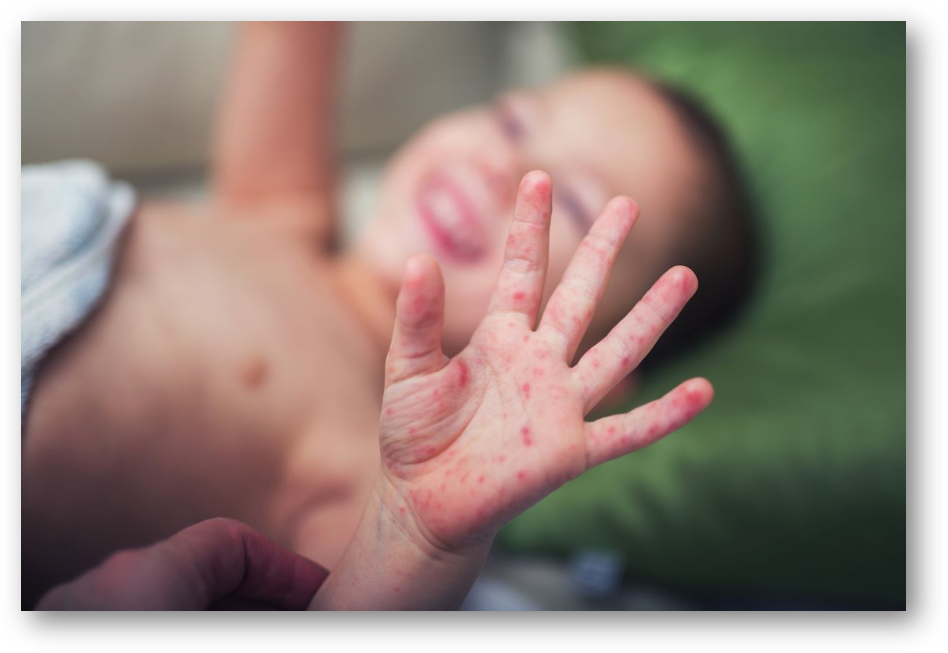

Hand, foot, and mouth disease is a highly contagious infection.
It’s caused by viruses from the Enterovirus genus, most commonly the coxsackievirus.
These viruses can spread from person-to-person through direct contact with unwashed hands or surfaces
contaminated with feces.
It can also be transmitted through contact with an infected person’s saliva, stool, or respiratory secretions.
Hand, foot, and mouth disease is characterized by blisters or sores in the mouth and a rash on the hands and feet.
It is generally a mild condition that goes away on its own within several days.
The symptoms begin to develop three to seven days after the initial infection. This period is known as the incubation period. When symptoms do appear, you or your child may experience:
A fever and sore throat are usually the first symptoms of hand, foot, and mouth disease. The characteristic blisters and rashes show up later, usually one or two days after the fever begins
For more information about HFMD, click here.
Credit to: www.healthline.com